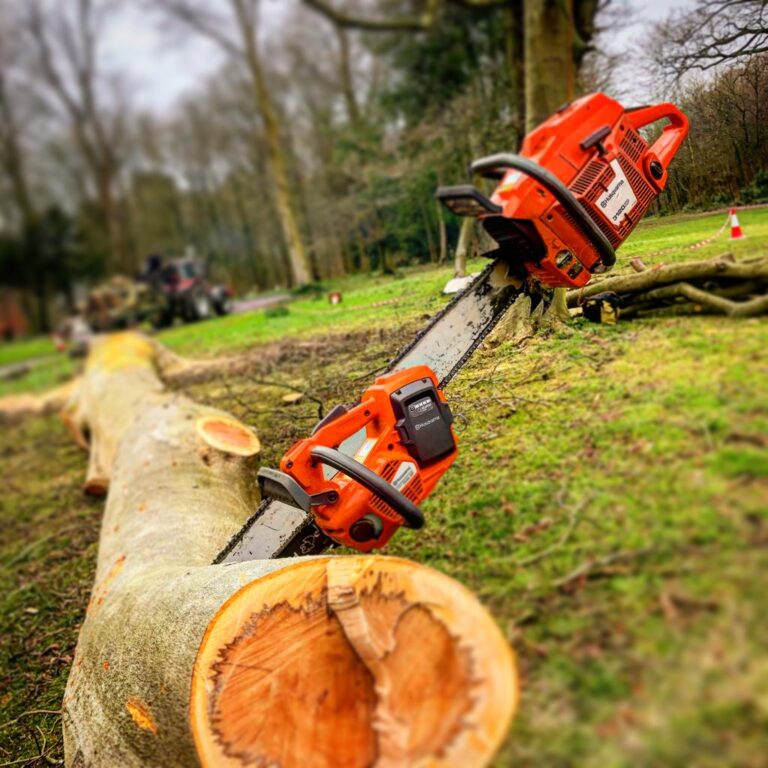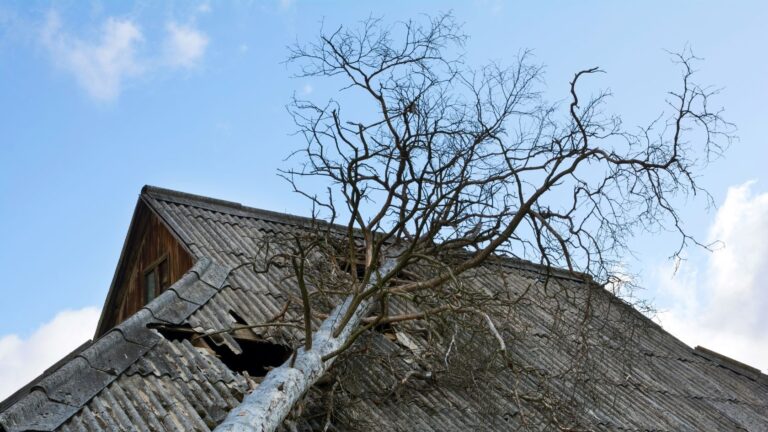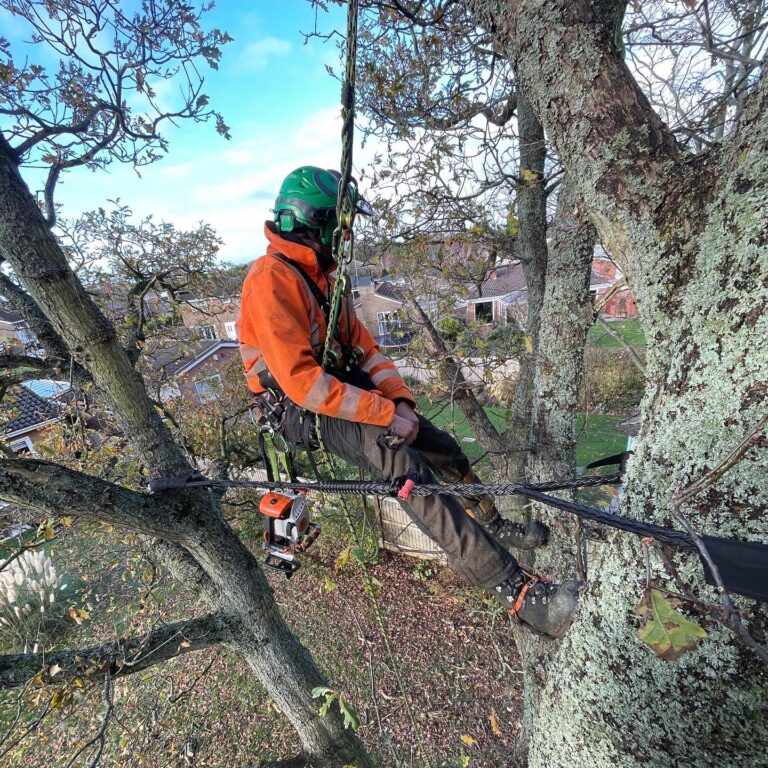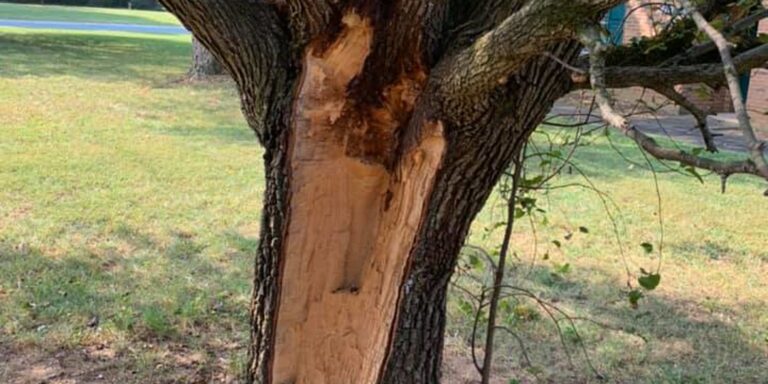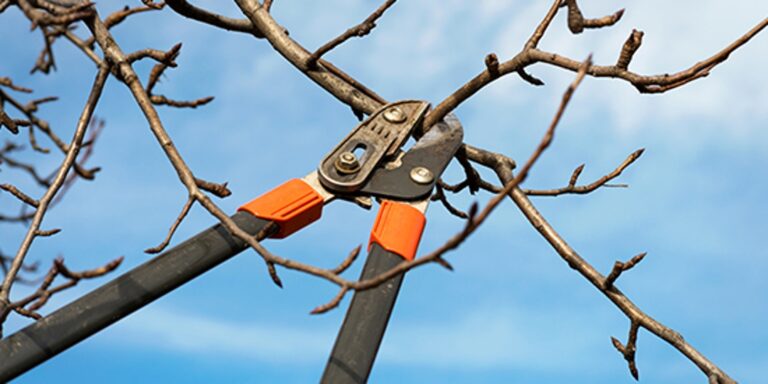When is the best time to prune my trees
The best time to prune your trees depends on several factors, including the tree species, the purpose of pruning, and the climate of your area. However, as a general rule, late winter to early spring is considered the optimal time for most tree pruning activities. During this period, trees are typically in a state of dormancy, which minimizes stress on the tree and allows cuts to heal more efficiently. Pruning in late winter, just before the tree begins to grow in the spring, provides several advantages: it encourages robust growth, makes it easier to see the tree’s structure without leaves, and reduces the risk of spreading diseases and pests that are more active in warmer seasons.
For deciduous trees, late winter pruning is ideal because it helps shape the tree and stimulates vigorous growth when the growing season begins. Removing dead or weak branches during dormancy reduces competition for nutrients and light, promoting healthier growth. This is especially important for fruit trees, where proper pruning can increase fruit yield and improve the quality of the harvest. Winter pruning also minimizes the risk of fungal infections, as most fungi and bacteria are inactive during colder months.
Some exceptions to this timing exist, particularly for trees that bloom in early spring, such as dogwoods, magnolias, or cherries. For these species, it’s better to prune after they finish flowering to avoid cutting off buds that would produce blossoms. Similarly, certain trees prone to sap bleeding, such as maples, birches, and elms, may benefit from summer pruning to avoid excessive sap flow. While sap flow isn’t harmful to the tree, it can create a sticky mess and attract insects. Trees that have been damaged by storms or that pose immediate safety risks may require pruning at any time of year to address urgent concerns.
Another factor to consider is the type of pruning needed. Light pruning, such as removing small dead or diseased branches, can be done at almost any time of the year. However, heavy pruning, which involves removing large branches or altering the tree’s structure significantly, is best reserved for the dormant season to minimize stress. For evergreen trees, late winter to early spring is also a good time for pruning, but light pruning to shape them can be done throughout the year.
Regional climate plays a role in determining the best pruning time. In warmer climates with mild winters, the dormant period may be shorter, and late fall might also be an appropriate time for pruning. Conversely, in areas with harsh winters, it’s best to avoid pruning during extremely cold weather, as the exposed cuts may be more susceptible to damage from freezing.
In summary, the best time to prune your trees is generally late winter to early spring, but the specific timing depends on the tree species, purpose of pruning, and local climate conditions. Understanding these factors ensures that your pruning efforts promote healthy growth, reduce the risk of disease, and enhance the overall appearance and safety of your trees. When in doubt, consult a certified arborist for guidance tailored to your specific situation.

